SpaceX’s Starship Explosion Punches a Hole in Earth’s Atmosphere
SpaceX has never shied away from ambitious projects, and their Starship rocket is no exception. On November 18, 2022, the largest and most powerful rocket ever built launched from Boca Chica, Texas.
What followed was a catastrophic failure, with two massive explosions that would later reveal a surprising impact on Earth’s atmosphere.
The Starship Explosion
Four minutes after launch, Starship’s superheavy booster exploded at an altitude of 56 miles. Moments later, the upper stage combusted at 93 miles high.
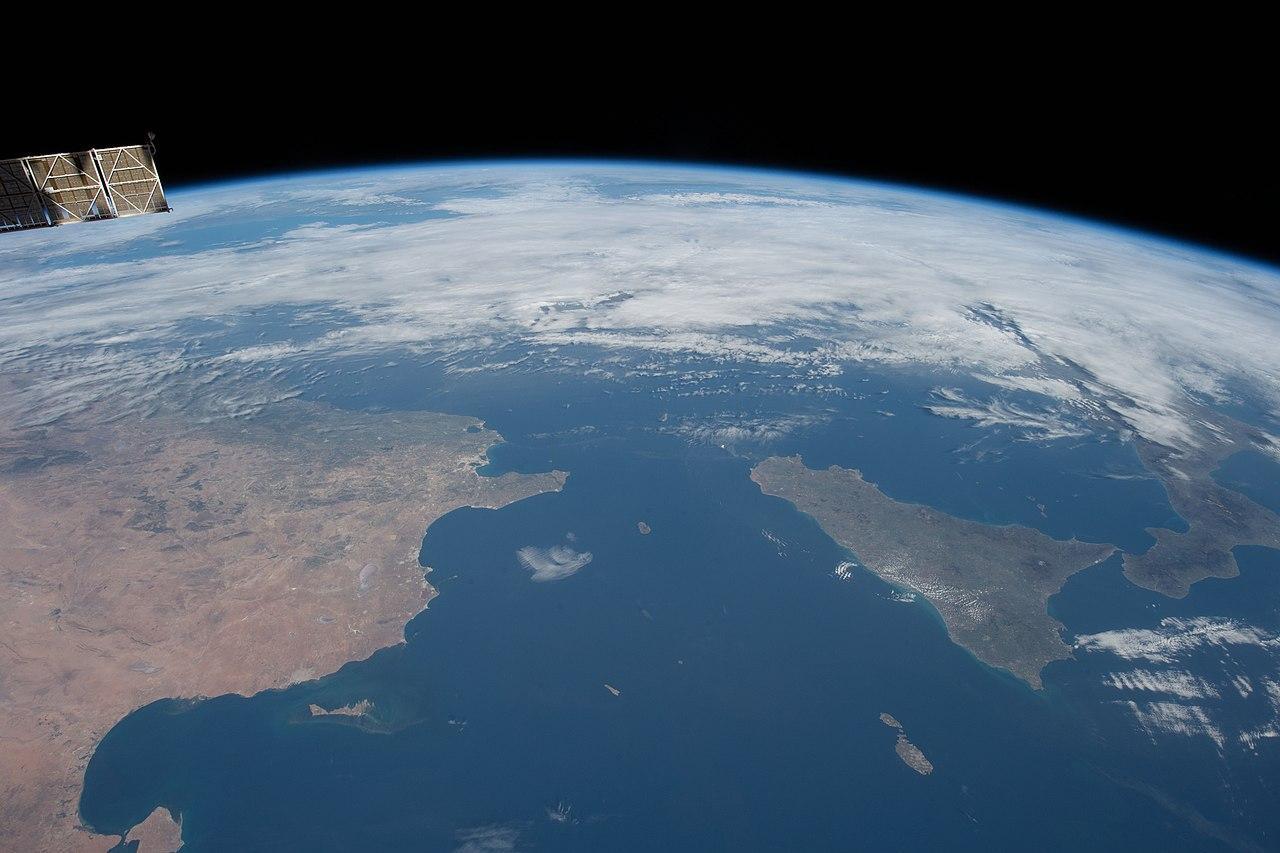
Source: Wikimedia
These two explosions not only ended the mission but also created one of the largest atmospheric disturbances ever recorded.
What is the Ionosphere?
The ionosphere is a layer of Earth’s atmosphere that spans 50 to 400 miles above the surface. It plays a crucial role in satellite communication and navigation.

Source: Freepik
When SpaceX’s Starship exploded, it created a hole in this layer, leaving scientists stunned by the size and persistence of the disturbance.
The Hole in the Atmosphere
The explosions from Starship sent shock waves through the ionosphere, creating a massive hole that stretched for over 1,200 miles.

Source: Wikimedia
What made this event unique was the speed and force of the shock waves, neutralizing the ionized particles and leaving the area temporarily devoid of its usual charged particles. The event lasted for nearly an hour.
A Surprising Discovery
Yury Yasyukevich, an atmospheric physicist, said that the size of the hole took his team by surprise. He explained, “It means we don’t understand processes which take place in the atmosphere.”
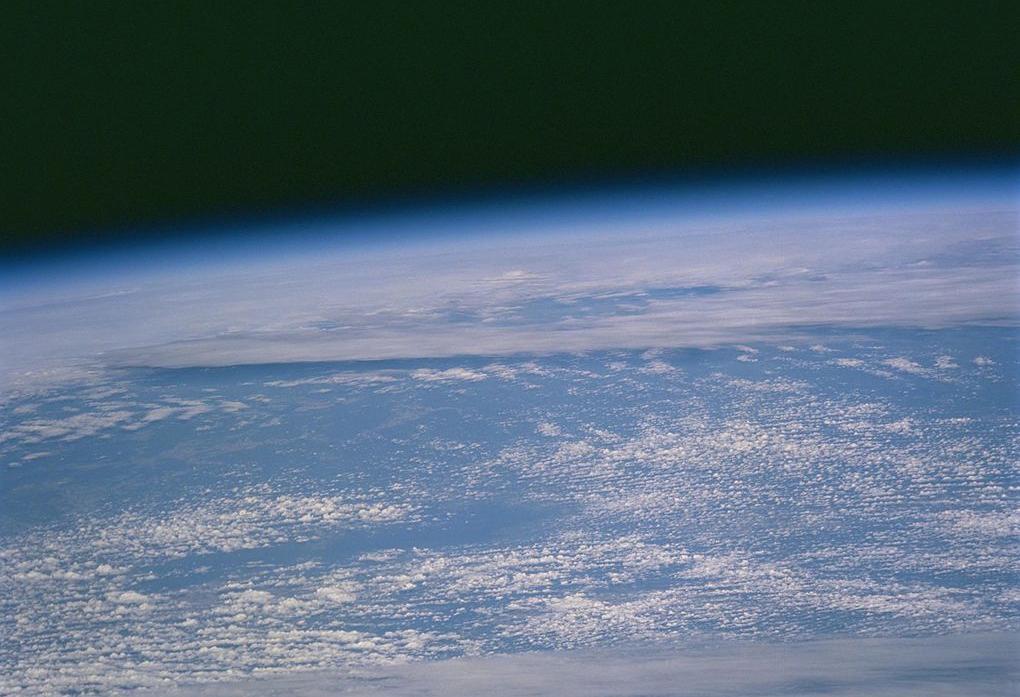
Source: Wikimedia
This revelation was a wake-up call for atmospheric scientists, who realized they needed to learn more about how such explosive forces could impact the ionosphere.
Why the Ionosphere Matters
The ionosphere plays a key role in global satellite navigation, such as GPS, by affecting how radio signals travel through the atmosphere.
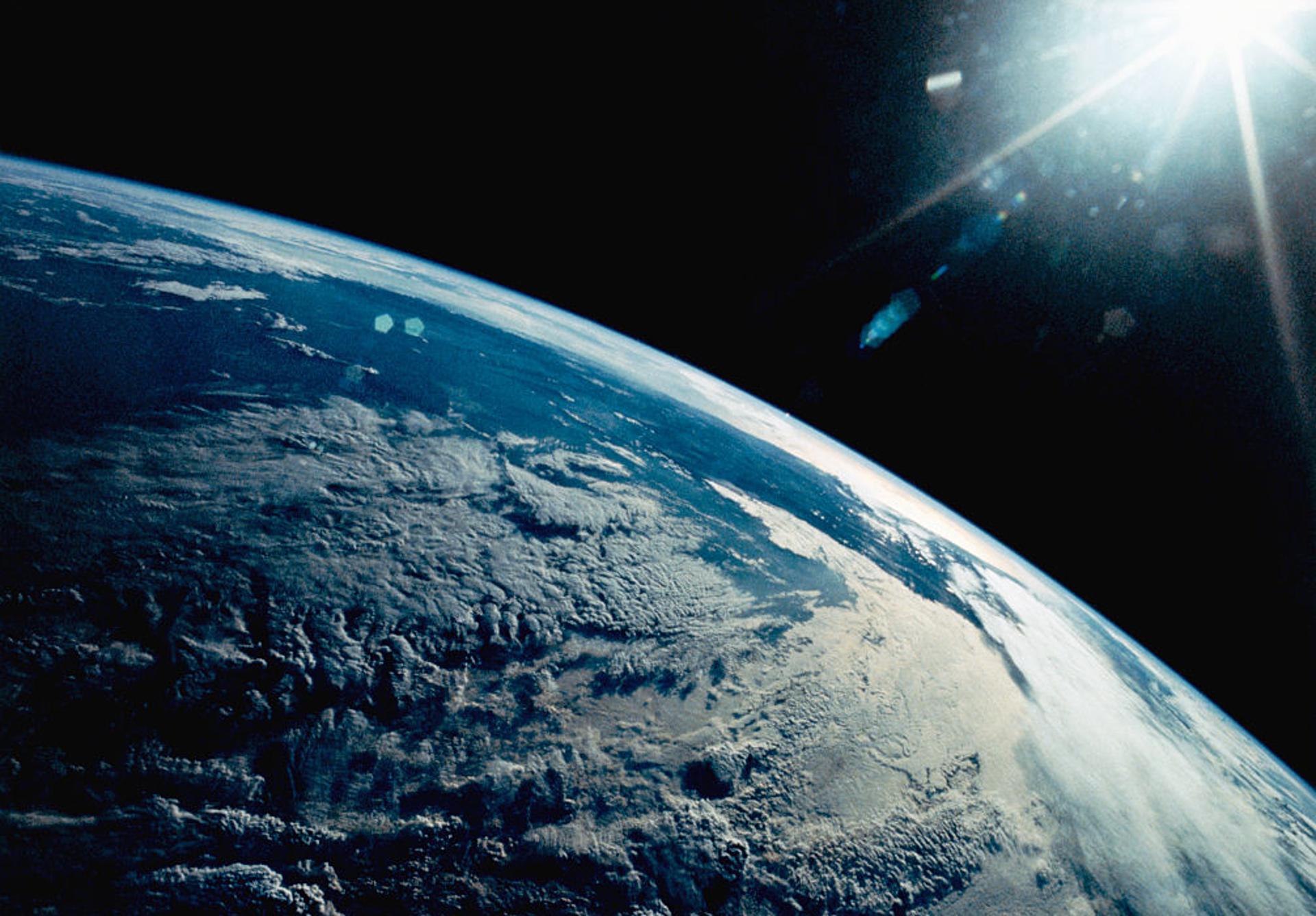
Source: Getty Images
Changes in this layer can lead to navigation errors, potentially causing problems for autonomous vehicles and other technology that relies on precise satellite data.
Shock Waves and Neutral Atmosphere
When the rocket exploded, shock waves traveling faster than the speed of sound created a region of neutral atmosphere in the ionosphere. The normally charged particles, which help with communication signals, were suddenly neutralized, creating a “hole” for nearly an hour.

Source: Wikimedia
This is the first documented instance of a non-chemical disruption of this magnitude in the ionosphere, making it a groundbreaking discovery.
Not the First Ionospheric Disturbance
While the Starship explosion created a massive hole, it’s not the first time this has happened. Volcanic eruptions, nuclear tests, and even meteors have been known to disrupt the ionosphere.
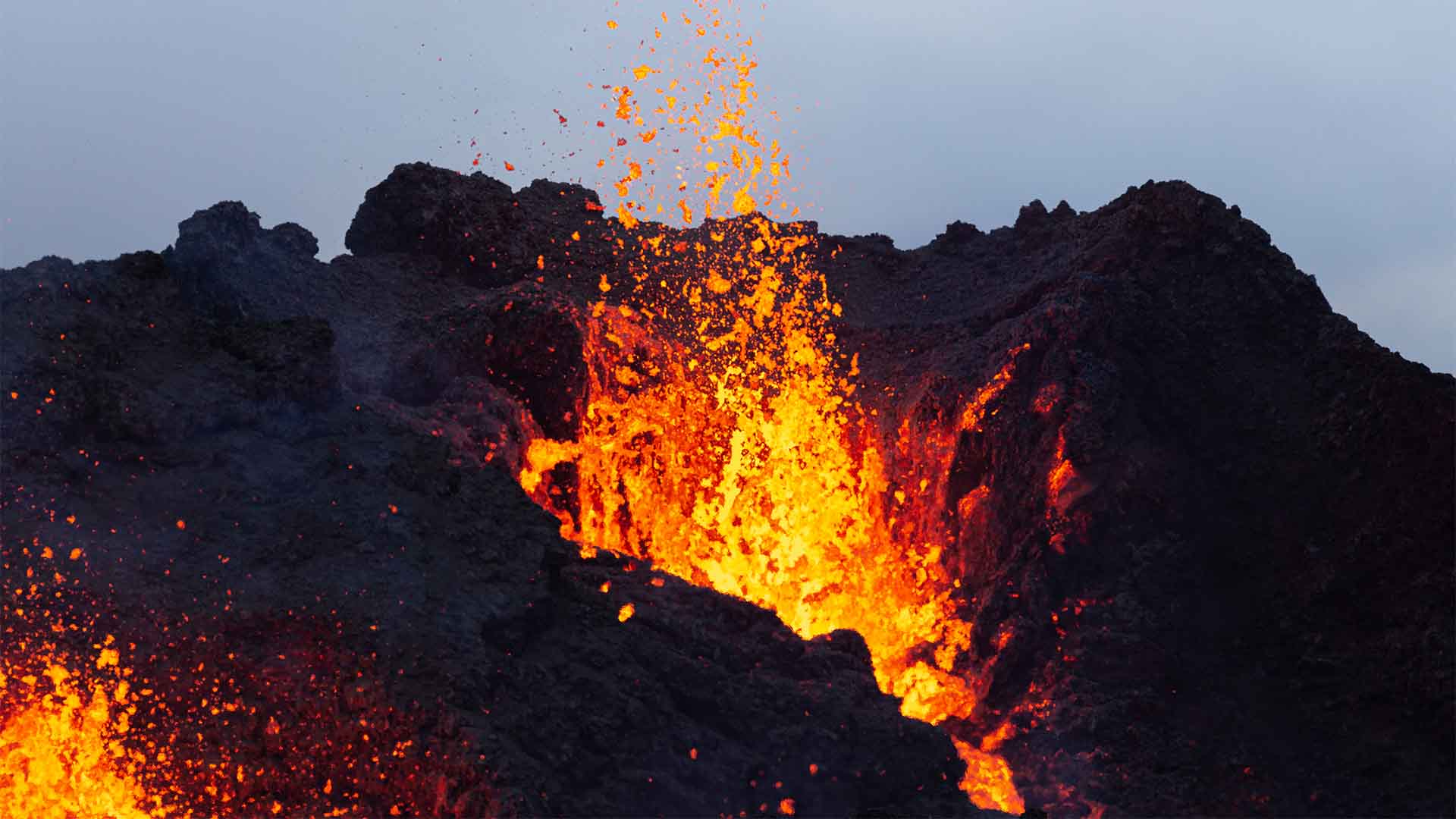
Source: Sophia Groves/Getty Images
The 2022 eruption of the Tongan volcano created a similar disturbance, but it’s rare to see such an event caused by a man-made object like the Starship.
Potential Implications for Future Space Travel
With SpaceX planning even more ambitious missions, scientists worry that such disturbances could become more common. If future rockets continue to disrupt the ionosphere, it could lead to complications in global communication and satellite navigation.
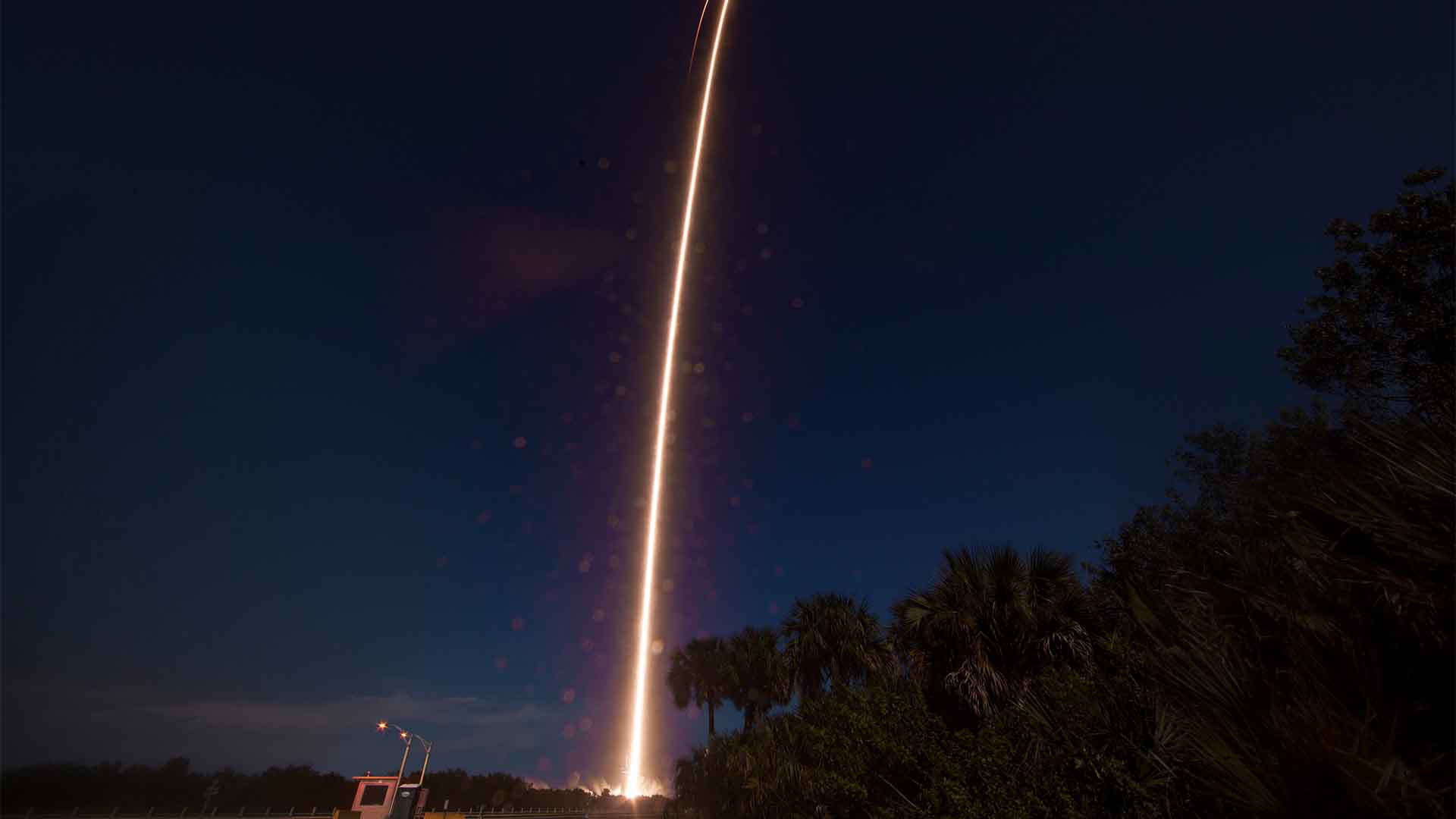
Source: Aubrey Gemignani/NASA via Getty Images
As space travel increases, the need to understand these atmospheric processes becomes even more important.
Rocket Launches and Ionospheric Chemistry
Typically, rocket exhaust creates chemical reactions in the ionosphere that cause temporary disruptions. However, in this case, it was the shock waves, not chemicals, that had the greatest impact.

SpaceX/Unsplash
This new understanding could lead to better strategies for managing the atmospheric effects of future rocket launches, making space exploration safer for Earth.
How the Ionospheric Hole Healed
Despite the size and intensity of the disturbance, the ionospheric hole healed itself within 30 to 40 minutes.
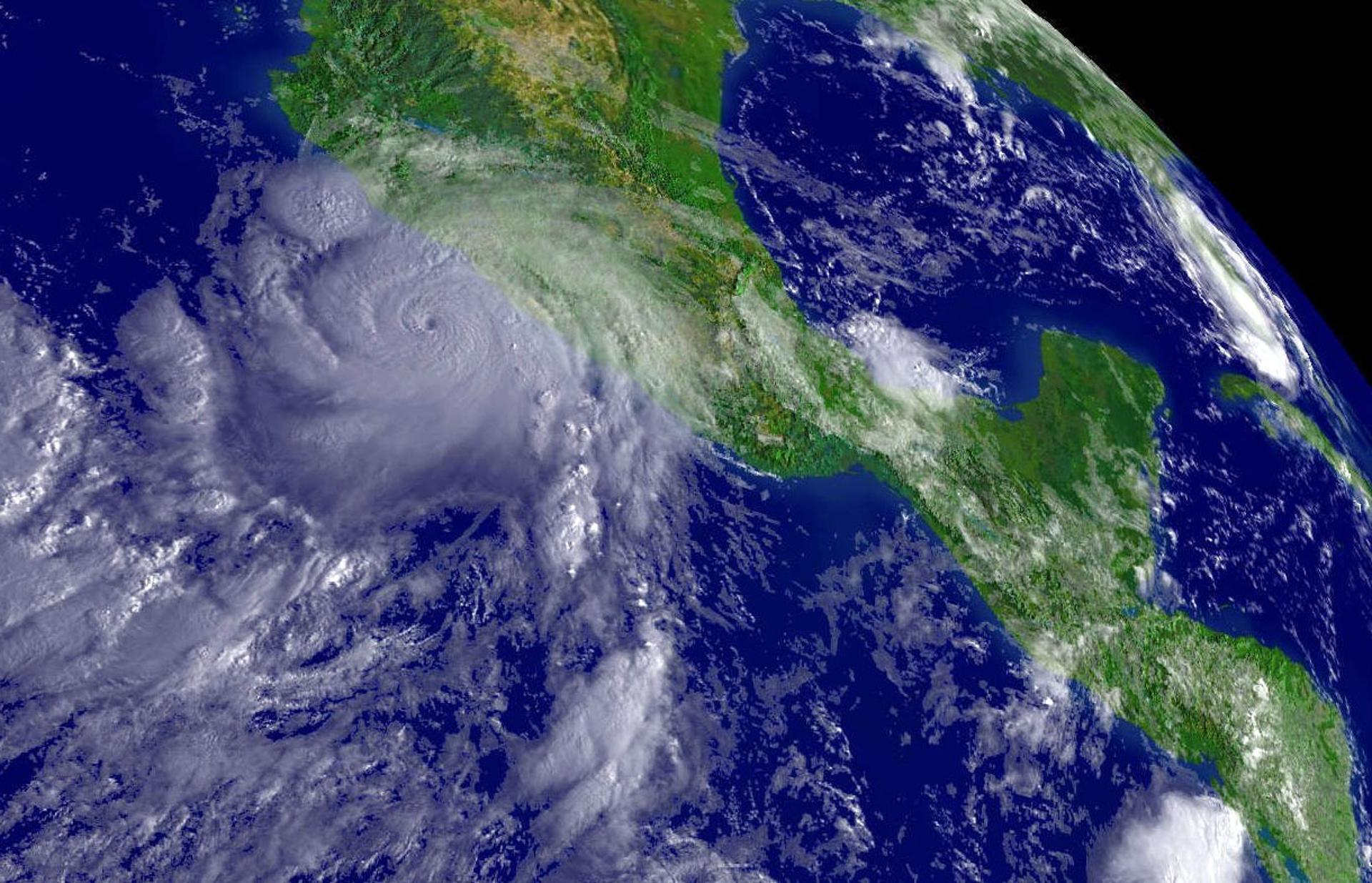
Source: Getty Images
This self-repairing process happens naturally, as charged particles in the atmosphere recombine.
What’s Next for SpaceX and the Ionosphere?
As SpaceX prepares for future launches, scientists are paying closer attention to the atmospheric effects of large rockets like Starship.
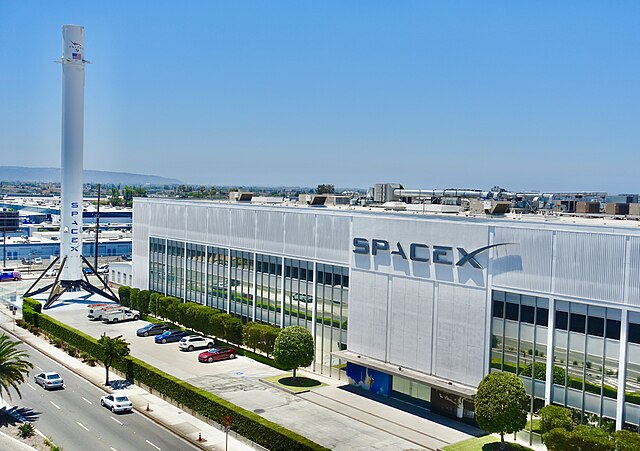
Source: Wikimedia
The November 2022 explosion offered a rare opportunity to study how massive man-made forces interact with Earth’s ionosphere.
